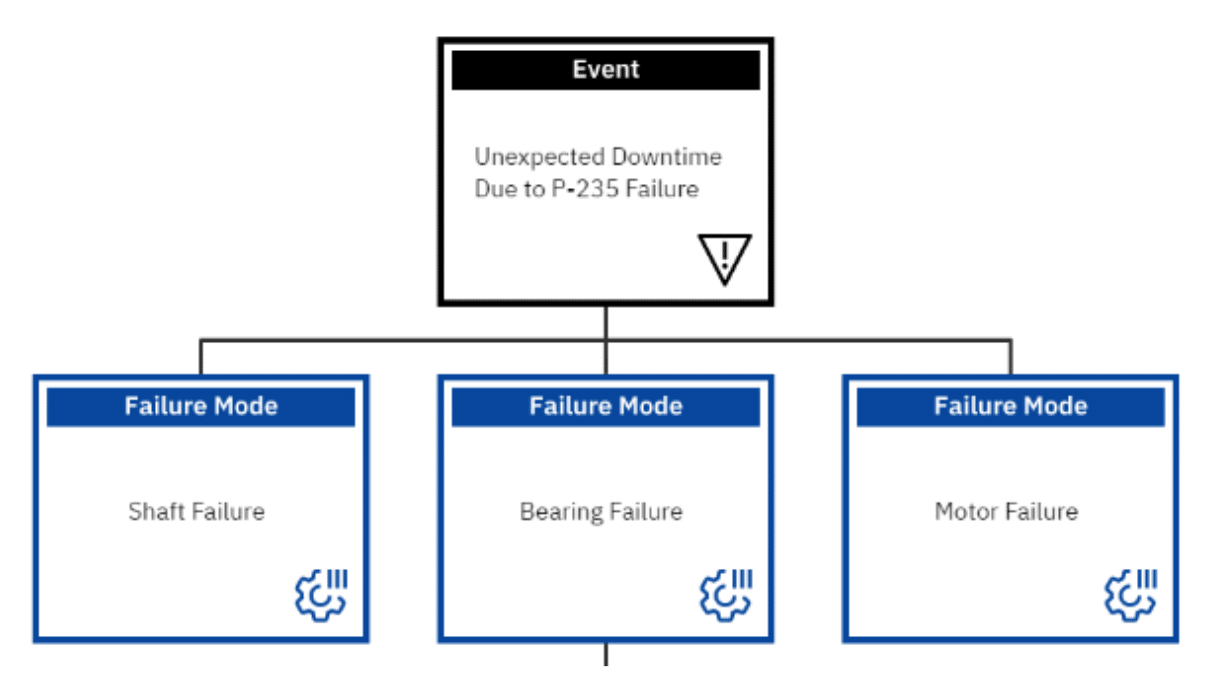
Top 5 Keys to a Proactive RCA Culture Shift…
Reading Time: 4 minutes
RCA’s are traditionally viewed as ‘hindsight’ (reactive) analysis… But what about the chronic failures (that happen daily), the near-misses and the unacceptable risks (identified using risk tools like FMEA)? Left unchecked, these types of events often lead to one-time sporadic failures (the triggered ones). How to Create a Proactive RCA Culture From a holistic RCA perspective… “What are the top

Reliability Certified Affiliate Program
Reading Time: 2 minutes
In order to maximize the impact and objectives of Reliability Center Inc. worldwide, we are now publicly offering our Affiliate Program to new applicants! Our PROACT methodology provides a balanced step-by-step method to teach and train your clients how to maximize the ROI of their RCAs. Paired with our courses, consulting, and various software offerings – the potential for impact

The Anatomy of a ‘Failure’
Reading Time: 5 minutes
Where does ‘failure’ come from? Why do some things not go as we planned? When bad things happen, at that time, it can be chaotic and appear very complex. Often, in hindsight (when the urgency has faded), we find that good people made bad decisions at that time. Most of the time such failures were not complicated and we find

Proactive RCA: How to Break the Chains of Restraining Paradigms About RCA
Reading Time: 5 minutes
Traditionally RCA is only utilized after an event has occurred, so how can one call it proactive? This perception is explored through trying to understand the current paradigms that exist about RCA, what it is and when it is used. Do we really have to wait for an undesirable outcome to occur in order to use RCA?

Logic Tree Basics: Complete Guide Constructing a Logic Tree
Reading Time: 9 minutes
Note: Everyone has their own way to use cause-and-effect logic trees and we use the PROACT RCA Methodology that we teach in our root cause analysis training courses. Sign up for our free RCA 101 course. What is a Logic Tree? A logic tree, in a general sense, is a graphical representation or structure used to systematically organize and display

The PROACT® Approach to RCA
Reading Time: 9 minutes
Chapter 1: Is All RCA the Same? An RCA myth shared by many managers is that RCA methods are all the same, when in fact they are NOT. The range of what constitutes an effective RCA method is vast. Some RCA techniques have minimal emphasis on establishing all the ways a problem can occur. Others provide a more comprehensive set

NEW FEATURES To PROACTOnDemand!
Reading Time: 2 minutes
NEW FEATURES To PROACTOnDemand! {{cta(’85b48632-6501-48ce-9dc3-fc15b4de925f’)}}

PROACTOnDemand: Collect Evidence In The Field Using Mobile Devices
Reading Time: < 1 minute
PROACTOnDemand: Collect Evidence In The Field Using Mobile Devices Managing an investigation itself is often the most arduous task of conducting a Root Cause Analysis (RCA). The new PROACTOnDemand Investigation Management System allows investigators to collect field evidence on mobile devices and upload them to their respective RCA’s in the cloud. This makes conducting RCA’s much more efficient and effective for only

A Different View of the Swiss Cheese Model
Reading Time: 4 minutes
Much has been written about James Reason’s original Swiss Cheese Model described in his book Managing the Risks of Organizational Accidents. Figure 1 is a basic representation of this model. Many today consider this model to be obsolete because of the evolving complexity of systems due to emerging technologies. Therefore, the linearity of failure expressed in this original model, is not as

